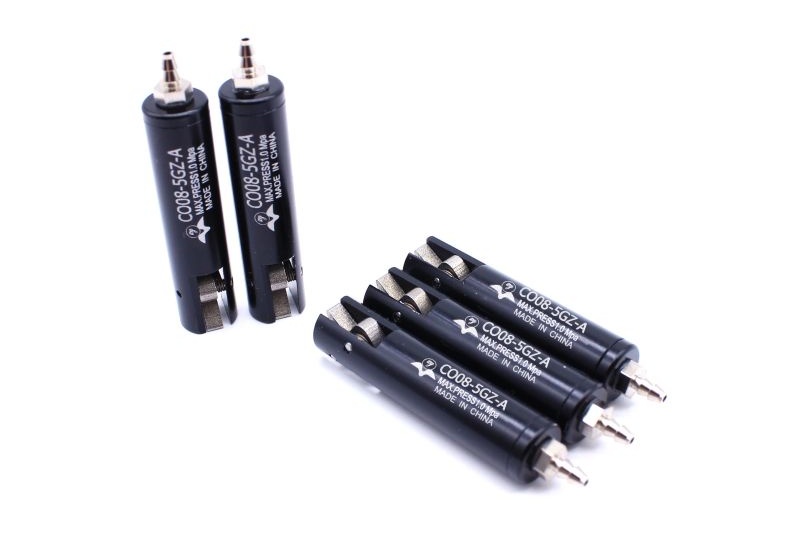In the complex system of modern industrial automation, hook type cylinders, as a special type of cylinder, are playing an indispensable and critical role. It provides precise and reliable power support for numerous industrial production processes with its unique structure and efficient performance.

The working principle of the hook type cylinder is based on traditional cylinders, but it is also unique. When compressed air enters the cylinder, it pushes the piston to move. The cleverness of the hook type cylinder lies in its piston being connected to the hook mechanism through a specially designed connecting rod. During the movement of the piston, the hook can accurately extend or retract, achieving grasping, releasing, or positioning operations on the target object. This unique design enables hook type cylinders to complete complex tasks that conventional cylinders are unable to handle.
Structurally, a hook type cylinder is mainly composed of a cylinder barrel, piston, piston rod, hook, and sealing device. The cylinder barrel, as the main body of the cylinder, provides a stable track for the movement of the piston. The sealing performance of the piston is crucial, as good sealing ensures that the energy of compressed air can be effectively transmitted to the piston, driving it to move smoothly. The piston rod transmits the motion of the piston to the hook, and the design of the hook has various shapes and sizes to choose from according to different application scenarios and load requirements.
Compared with other types of cylinders, hook type cylinders have significant advantages. Firstly, its grasping and positioning accuracy is extremely high. In some precision demanding industrial productions, such as the assembly of electronic components and precision machining, hook type cylinders can accurately place components in designated positions, greatly improving product quality and production efficiency. Secondly, the reliability of hook type cylinders is strong. Its structure is simple and the number of components is relatively small, reducing the probability of failure. Moreover, the carefully designed and rigorously manufactured hook type cylinder can operate stably in harsh working environments and adapt to different working conditions such as high temperature, high pressure, and high humidity.
Hook type cylinders are widely used in the industrial field. In logistics automation, it is used for the handling and sorting of goods. By cooperating with automated conveyor lines, hook type cylinders can quickly and accurately grab and place goods of different specifications from the conveyor line into the corresponding storage locations or transportation vehicles. In the automotive manufacturing industry, hook type cylinders play an important role in the assembly of components. For example, during the engine assembly process, it can accurately grasp and install various components, ensuring the accuracy and efficiency of assembly.
With the continuous development of industrial automation, the technology of hook type cylinders is also constantly innovating and advancing. In the future, we have reason to believe that hook type cylinders will inject new vitality into the development of industrial automation with more advanced performance and diverse applications, helping industrial production move towards higher levels.
Prev:What is a side push cylinder?
Next:The correct usage method of column







